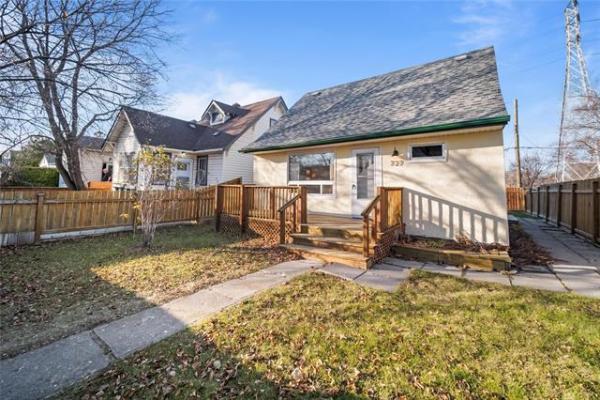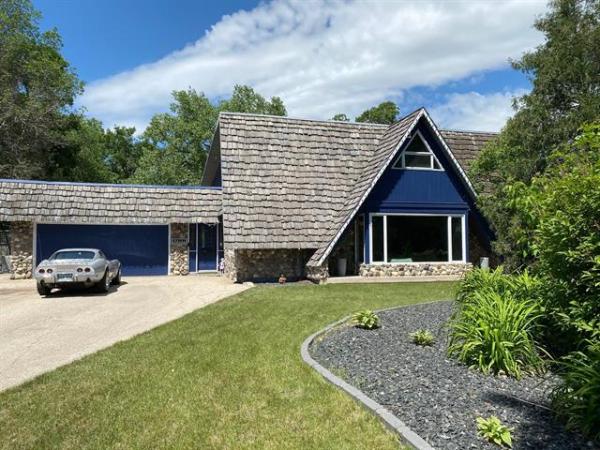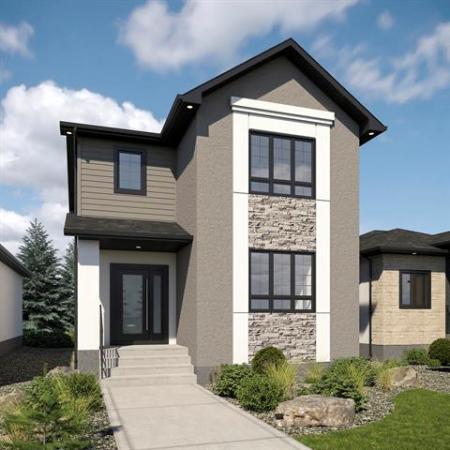QUESTION: I've been doing some renovations on our cabin and I am now starting to research flooring. I've been getting conflicting information on the best type of product to use. We've been looking at laminate flooring as hardwood has been taken off the play list as we do not heat the residence in the winter but do get down a few times.
We've been informed that taking the cabin from minus-40 to plus-20 in a matter of hours, with our oil furnace and propane fireplace, would expand the wood floors to cause possible checking or cracking.
The backing for the laminates is the main question. Some are plywood and some are almost like an MDF backer. Each manufacturer recommends their own product as being less affected by the freeze-thaw temperatures. Any information on this topic would be greatly appreciated.
-- Ken English
ANSWER: I understand and empathize with your frustrations over information presented by different flooring manufacturers on the suitability of their products for use in various situations.
I'm constantly annoyed by hardwood-flooring contractors telling homeowners in newly built homes that they have to install mechanical humidifiers on their furnaces and keep the relative humidity in their homes abnormally high, just to prevent their new flooring from shrinking. A lot of the information is too general to encompass all climates, especially our prairie urban areas or your lake country. I will try to help you wade through the weeds and choose the correct product for your situation.
One of the main things to remember when planning renovations is not to believe everything you read. There are increasing amounts of misinformation out there, much of it from poorly informed retailers or bad websites.
The best solution, no matter what type of flooring you decide upon, is to get opinions from the true guys in the field. By that I mean independent flooring contractors who have been in business for many years and have personally installed various types of flooring in situations like yours.
Large suppliers and retailers may employ clerks, estimators or salespeople who have never held a mallet or air nailer in their hands. They may not have the experience to know how something will perform after installation, especially in the long term.
Small, independent contractors know when things don't work, as they are the ones responsible for making the situation right if flooring does fail. It often comes directly out of their pocket for repairs or replacement if problems occur.
To get back to your question, some types of wood flooring may be adversely affected by temperature swings, but more likely from moisture in the humid lake conditions that exist at your cabin. Summer relative-humidity levels can hover near saturation at lake areas, which may cause problems for many types of hardwoods with tight grains and closed pores. Some of these woods are maple or birch, and may also include other very hard materials used for flooring such as red or white oak. These materials may be subject to absorption of considerable amounts of moisture in the warm summer months, and quite slow release as the weather cools.
If too much moisture is retained, it's plausible that the wood could crack or shrink excessively in the winter in temperatures below the freezing mark.
Conversely, dry hardwood flooring of this type could absorb too much moisture in the summer and swell or buckle. This would depend on many variables, including the amount of ventilation in your cabin and whether it's insulated or not.
Despite the downside of possible shrinkage of hardwood flooring, you may not have to completely rule out the use of it in your cabin. Wood, in general, is an excellent choice for seasonal homes due to the natural resiliency and adaptability to our climate and changes in temperature and humidity.
There are thousands of older cottages on prairie lakes, constructed exclusively from wood, that survive decades without major damage. As long as the wood is properly treated and protected from excessive rain and sun, it can last indefinitely. Granted, most of these cottages are constructed from softwood species that are quite open-pored and absorb and release moisture well, but not all.
Many hardwoods are more open-pored than traditional oak or maple, and finding one that would be durable enough for flooring, but breathable, may be another option.
One good choice may be fir, which is still a softwood, but quite hard and durable compared to other similar species. It may be difficult to find a good source of true Douglas Fir flooring, but I still see cottages well over half a century old with fir flooring in reasonable condition.
Much of this may be due to numerous coats of varnish or shellac, and heavy wax applied numerous times to the surface, but often it is the natural property of the wood, itself.
Other softwoods, such as pine or spruce, may work well, but are quite soft and will become easily pitted, scratched and beat up. Many people actually like the worn look of older pine, and it can be an economical choice if that is what you're looking for.
To address your primary concern, I would avoid products like laminate flooring which have a very durable surface, but questionable core. Most laminates have a fibreboard core that will swell and become damaged with high moisture levels. This can cause the flooring to come apart and render it useless, even after a few years.
Plywood core laminates may be suitable, but are more costly and may not have the long-term durability of natural wood.
Ari Marantz is the owner of Trained Eye Home Inspection Ltd. and the President of the Canadian Association of Home & Property Inspectors - Manitoba (www.cahpi.mb.ca). Questions can be emailed to the address below. Ari can be reached at (204) 291-5358 or check out his website at www.trainedeye.ca.
trainedeye@iname.com



